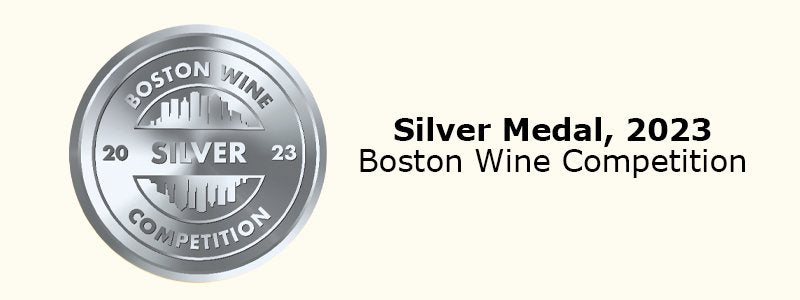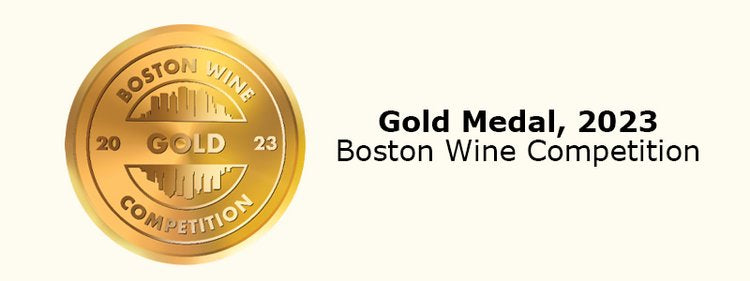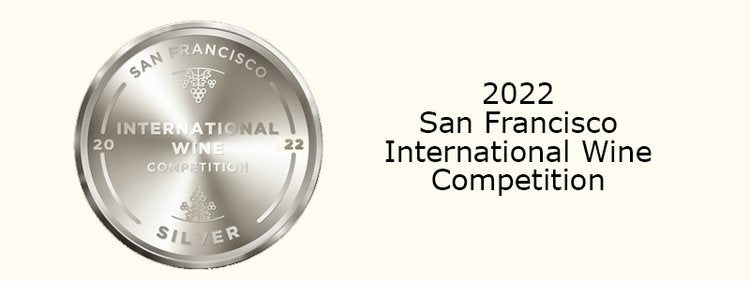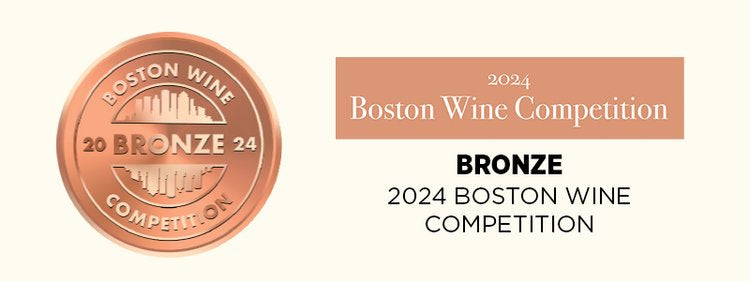The Price-Quality Paradox in Wine
What Really Determines Value in Your Glass
On a brisk autumn evening in Healdsburg, California, a group of wine professionals and enthusiasts gather around a long wooden table. Before them sit twelve glasses of Cabernet Sauvignon, each wrapped in foil to conceal its identity. The wines range in price from $15 to $250 per bottle. The question at hand: Can they identify which wines cost more? And more importantly, will they prefer them?
By the end of the blind tasting, the results confound everyone. The $42 bottle from a little-known producer in Washington State ranks first in preference, while a prestigious $180 Napa Valley wine falls near the bottom. The outcome isn't a fluke—it represents one of the most enduring and fascinating paradoxes in the world of wine: the relationship between price and quality.
The Perception Gap: How Price Colors Our Experience
"People expect expensive wine to taste better, and that expectation literally makes it taste better to them," explains Dr. Hilke Plassmann, a neuroscientist at INSEAD who has conducted pioneering research on how price influences wine perception. In a landmark study published in the Proceedings of the National Academy of Sciences, Plassmann and her colleagues used functional MRI to scan participants' brains as they tasted wines they believed cost different amounts.
"When people thought they were drinking a $90 wine rather than a $10 wine—even though it was actually the same wine—their brain's pleasure centers showed significantly more activity," Plassmann says. "The price created a real, physiological change in how their brains processed the experience."
This phenomenon, known as the price-placebo effect, helps explain why wine pricing remains so complicated. Unlike many consumer goods where quality can be objectively measured, wine appreciation involves complex sensory experiences heavily influenced by context, knowledge, and expectation.
"Wine isn't just a beverage—it's an experience wrapped in layers of history, geography, and culture," notes Jancis Robinson, one of the world's leading wine critics. "That makes it particularly susceptible to psychological factors that influence how we perceive value."
What Actually Determines Wine Prices?
Before exploring quality, it's crucial to understand what truly drives the price tag on a bottle of wine. While production costs certainly play a role, the factors behind pricing are far more nuanced than many consumers realize.
Production Economics: From Vineyard to Shelf
The fundamental costs of wine production vary dramatically depending on numerous factors:
Land Values: A hectare of vineyard land in Napa Valley can cost over $700,000, while the same amount in emerging regions like Michigan or Arizona might run under $50,000. These land costs must be amortized across every bottle produced.
Farming Practices: Hand-harvesting grapes can cost 10-15 times more than machine harvesting. Similarly, organic and biodynamic farming practices typically increase production costs by 15-30% compared to conventional methods.
Oak Treatment: New French oak barrels cost upwards of $1,200 each and typically hold enough wine for just 300 bottles—adding about $4 per bottle in production costs. American oak runs about half that price, while alternatives like stainless steel tanks cost a fraction of either.
Bottle, Cork and Packaging: Premium bottles, natural corks, foil capsules, and heavyweight glass can add $3-5 to each bottle's cost compared to more modest packaging alternatives.
Time Investment: Aging wine ties up capital. A producer who ages wine for three years before release has effectively tripled their investment timeline compared to one who releases wine after a year.
Ramey Ritchie, a veteran winemaker in Sonoma County, breaks it down succinctly: "There's a minimum cost to make good wine that's roughly $10-12 per bottle at wholesale. Below that, something's being compromised—be it fruit quality, production methods, or aging time."
Beyond Production: Market Forces and Intangibles
Production costs, however, often constitute just a fraction of a wine's final retail price. Other significant factors include:
Scarcity and Allocation: Wines produced in very limited quantities can command premium prices simply due to the economics of supply and demand. When Screaming Eagle releases just 500 cases of its cult Cabernet each year to a waiting list of thousands, the price naturally rises.
Brand Prestige: Centuries of reputation-building have allowed certain producers to command prices far above their regional peers. A bottle from Château Lafite Rothschild costs several times more than an equally well-made wine from a lesser-known Bordeaux château, largely due to its 150+ years of brand prestige.
Critical Acclaim: A single high score from influential critics can dramatically impact a wine's price. After receiving a perfect 100-point score from Robert Parker, the price of Château Pavie's 2000 vintage tripled almost overnight.
Marketing Investment: Large producers spend millions on advertising, distributor incentives, and consumer outreach—costs that must be recouped through wine pricing.
"What consumers often don't realize is that the difference between a $20 bottle and a $100 bottle may have very little to do with what's in the glass," explains Rob McMillan, founder of Silicon Valley Bank's wine division. "Beyond a certain quality threshold, you're often paying for scarcity, prestige, or marketing rather than objective quality improvements."
Defining Quality in Wine: A Moving Target
If wine pricing involves many non-quality factors, how do we define quality itself? Unlike products with straightforward metrics (a dishwasher's cleaning efficiency or a car's gas mileage), wine quality assessment combines objective and subjective elements in ways that challenge simple evaluation.
Technical Quality vs. Preference
From a technical standpoint, quality wine should be free of flaws such as oxidation, bacterial spoilage, or excessive sulfur compounds. It should demonstrate balance between its components—acidity, tannin, alcohol, and flavor intensity—and show appropriate characteristics for its variety and origin.
But beyond these technical aspects lies the thornier question of preference.
"I can objectively tell you that a wine shows no technical flaws and perfectly expresses its terroir," says Madeline Triffon, one of America's first female Master Sommeliers. "But I can't tell you whether you'll enjoy it more than the wine that costs one-third as much."
Personal preference varies wildly based on individual sensitivity to different flavor compounds, cultural background, and drinking history. Some wine lovers prize powerful, bold wines with pronounced oak influence; others prefer delicate, higher-acid wines with minimal intervention. Neither preference is objectively "better"—they're simply different aesthetic choices.
The Taste Proficiency Factor
Complicating matters further, wine appreciation is a learned skill that develops over time. Research by sensory scientists suggests that wine experts—those with years of tasting experience—perceive wines differently than novices.
"Experts tend to focus on structural elements like acidity, tannin quality, and length of finish," explains Dr. Hildegarde Heymann, a sensory scientist at UC Davis. "Novices more often focus on immediate flavor impressions like fruitiness or sweetness."
This difference in perception means that wines favored by experts for their complexity, age-worthiness, and structural balance might not immediately appeal to casual drinkers—creating another disconnect between price (often determined by expert opinion) and perceived quality for the average consumer.
Where Value Lives: Finding the Sweet Spots
For wine lovers seeking the greatest quality-to-price ratio, certain patterns emerge that can guide smarter buying decisions:
Emerging Regions: Today's Values, Tomorrow's Classics
Regions establishing their reputations typically offer exceptional value before market recognition catches up with quality. Today's smart buyers are finding remarkable quality-to-price ratios in places like:
Portugal's Douro Valley: Long known for fortified Port wines, the region now produces world-class dry reds at a fraction of the price of their Spanish and Italian counterparts.
Greece's New Wave: Modern Greek winemaking has undergone a revolution, with indigenous varieties like Assyrtiko and Xinomavro producing distinctive, age-worthy wines that still fly under the radar.
New York's Finger Lakes: Cool-climate varieties like Riesling and Cabernet Franc from this region rival their European counterparts at half the price.
South Africa's Western Cape: Despite centuries of winemaking history, South African wines remain undervalued internationally, with exceptional Chenin Blanc and Bordeaux-style blends available at approachable prices.
"The sweet spot for value is always where quality has improved faster than reputation," says Karen MacNeil, author of The Wine Bible. "That's typically happening in regions that have quietly revolutionized their winemaking practices while the market hasn't fully recognized the change."
Secondary Varieties and B-Side Regions
Even within established wine regions, greater value often hides in less famous corners:
Alternative Burgundy: While Gevrey-Chambertin and Puligny-Montrachet command astronomical prices, villages like Marsannay, Santenay, and Auxey-Duresses offer similar terroir expressions at a fraction of the cost.
Barolo's Neighbors: Barbaresco offers similar Nebbiolo character to Barolo, often at lower prices, while Langhe Nebbiolo can deliver much of the variety's charm at one-third the cost.
Napa's Supporting Cast: While Cabernet Sauvignon from Napa Valley regularly exceeds $100 per bottle, the region's Merlot, Syrah, and Zinfandel often deliver comparable quality for $40-60.
Producer Philosophy and Size
Smaller family estates without marketing departments or elaborate visitor centers often deliver exceptional quality-to-price ratios. Similarly, producers who focus on honest winemaking rather than marketable trends frequently offer greater value.
"I look for producers who price their wines based on what it costs to make them well, not what the market will bear," explains Talia Baiocchi, editor-in-chief of the online wine magazine PUNCH. "Those tend to be family businesses thinking about sustaining their reputation over generations, not maximizing this quarter's profits."
Investment-Grade Wine: A Different Proposition
For a small segment of the market, wine functions not just as a beverage but as an investment asset. Fine wine has outperformed many traditional investments over the past 30 years, with the Liv-ex Fine Wine 100 Index showing average annual returns of around 8.7% since its inception.
Investment-grade wines—primarily blue-chip Bordeaux, Burgundy, and a handful of cult producers from other regions—operate under different economic principles than everyday drinking wines.
"Investment wines are luxury goods that happen to be drinkable, not beverages that happen to be expensive," explains Eli Rodriguez, a fine wine specialist at Sotheby's auction house. "Their value is driven by perfect provenance, critic scores, brand prestige, and absolute scarcity—not just by how good they taste."
This segment represents less than 1% of global wine production but accounts for an outsized portion of wine media coverage, creating distorted perceptions about the relationship between price and quality in the broader market.
The Blind Spot: Marketing's Powerful Role
Marketing exerts enormous influence on wine pricing and perception, yet consumers rarely account for its impact when evaluating quality-to-price ratios.
Heavy bottles, deep punts (the indentation at the bottom of wine bottles), ornate labels, and eloquent back-label descriptions all subtly signal quality and justify higher prices—regardless of what's in the bottle. Research shows that wines in heavier bottles are perceived as higher quality and that consumers consistently rate the same wine more favorably when it sports a more expensive-looking label.
"The wine industry knows that packaging drives perception," notes Dr. Damien Wilson, wine business professor at Sonoma State University. "A producer can spend an extra dollar on a heavier bottle and fancier label and often charge $5-10 more as a result. That's a tremendous return on investment."
Large wine companies employ sensory scientists specifically to develop wines that will perform well in consumer research panels—optimizing sugar levels, oak influence, and mouthfeel to appeal to the broadest possible audience, sometimes at the expense of distinctiveness or sense of place.
Buy Noteworthy Wine Selections
A Path Forward: Becoming a More Discerning Wine Consumer
For wine lovers seeking authentic quality rather than marketing hype or investment potential, several strategies can help navigate the complex price-quality landscape:
Develop Your Palate Through Blind Tasting
Nothing strips away preconception like tasting wines without knowing their price or producer. Regular blind tasting—even informally with friends wrapping bottles in aluminum foil—quickly reveals personal preferences and quality perceptions independent of marketing influence.
"Blind tasting was revolutionary for me," says Bianca Bosker, author of "Cork Dork." "I discovered I often preferred the $18 bottle to the $50 one when I didn't know which was which. That knowledge has saved me thousands of dollars over the years."
Build Relationships With Knowledgeable Retailers
Independent wine shops staffed by passionate professionals typically offer far better quality-to-price ratios than grocery stores or large chains. These merchants taste hundreds of wines monthly and select for quality rather than marketing support or distributor incentives.
"A good wine merchant is the best investment a wine lover can make," suggests Eric Asimov, wine critic for The New York Times. "Find someone whose palate you trust, be honest about your budget, and you'll drink better wine at every price point."
Look Beyond Scores
Numerical scoring systems, while convenient, often fail to capture the qualities that make wine compelling and distinctive. More useful resources include:
- Detailed tasting notes that describe a wine's style and structure
- Producer information explaining farming practices and winemaking philosophy
- Transparent details about a wine's production (vineyard sources, oak treatment, additives)
"A score tells you someone liked a wine, but not why—or whether you would," explains Alice Feiring, natural wine advocate and author. "I'd rather know how a wine was made and what vision drove the winemaker than see a number attached to it."
Trust Your Own Preferences
Perhaps most importantly, consumers should trust their own experiences over external validation. If you consistently enjoy wines from a particular region or producer—regardless of price or prestige—that preference deserves respect.
"The best wine in the world is the one you enjoy drinking," says Doug Frost, one of only four people in the world to hold both Master Sommelier and Master of Wine credentials. "Developing a sense of what you truly like, independent of what you're told you should like, is the ultimate wine wisdom."
The Bottom Line: Quality, Value and Personal Journey
The relationship between wine price and quality remains fascinatingly complex—influenced by production economics, market forces, perception psychology, and marketing savvy. No simple formula can determine whether a particular bottle delivers "good value" because value itself is subjective, dependent on each consumer's preferences, budget, and occasion.
What's clearer is that price alone is an unreliable indicator of quality. Beyond a certain threshold—roughly $15-20 in today's market—the correlation between price and objective quality becomes increasingly tenuous. The most dramatic improvements in wine quality occur in the range from very inexpensive ($5-10) to mid-priced ($15-30), with diminishing returns thereafter.
"There's never been a better time to be a wine lover seeking value," concludes Jancis Robinson. "Global competition, improved winemaking knowledge, and consumer access to information have all worked together to raise quality levels across all price points."
Perhaps the wisest approach is viewing wine exploration as a personal journey rather than a search for objective "best values." By developing your own preferences through thoughtful tasting, seeking knowledgeable guidance, and remaining skeptical of marketing hype, you can discover wines that deliver deeply satisfying experiences at prices that respect your budget.
After all, the true value of wine lies not in its price tag or critical acclaim, but in its ability to bring pleasure, spark conversation, complement a meal, and create memorable moments—qualities available at every price point for those willing to look beyond the label.
Sidebar: Five Tips for Finding Value in Wine
-
Explore the "shoulder regions" adjacent to famous areas: Côtes de Bordeaux instead of Bordeaux proper; Russian River Valley instead of Napa; Pouilly-Fuissé instead of nearby Puligny-Montrachet.
-
Try unfamiliar grape varieties that may deliver similar experiences to more expensive counterparts: Mencía instead of Pinot Noir; Vermentino instead of Sauvignon Blanc; Aglianico instead of Barolo.
-
Shop by importer for international wines. Certain importers consistently deliver excellent quality/price ratios across their portfolios.
-
Consider vintage variation. When challenging weather affects prestigious regions, prices often drop despite quality remaining solid.
-
Experiment with different retail channels. Merchants often secure allocations of high-quality, limited-production wines that deliver exceptional value.
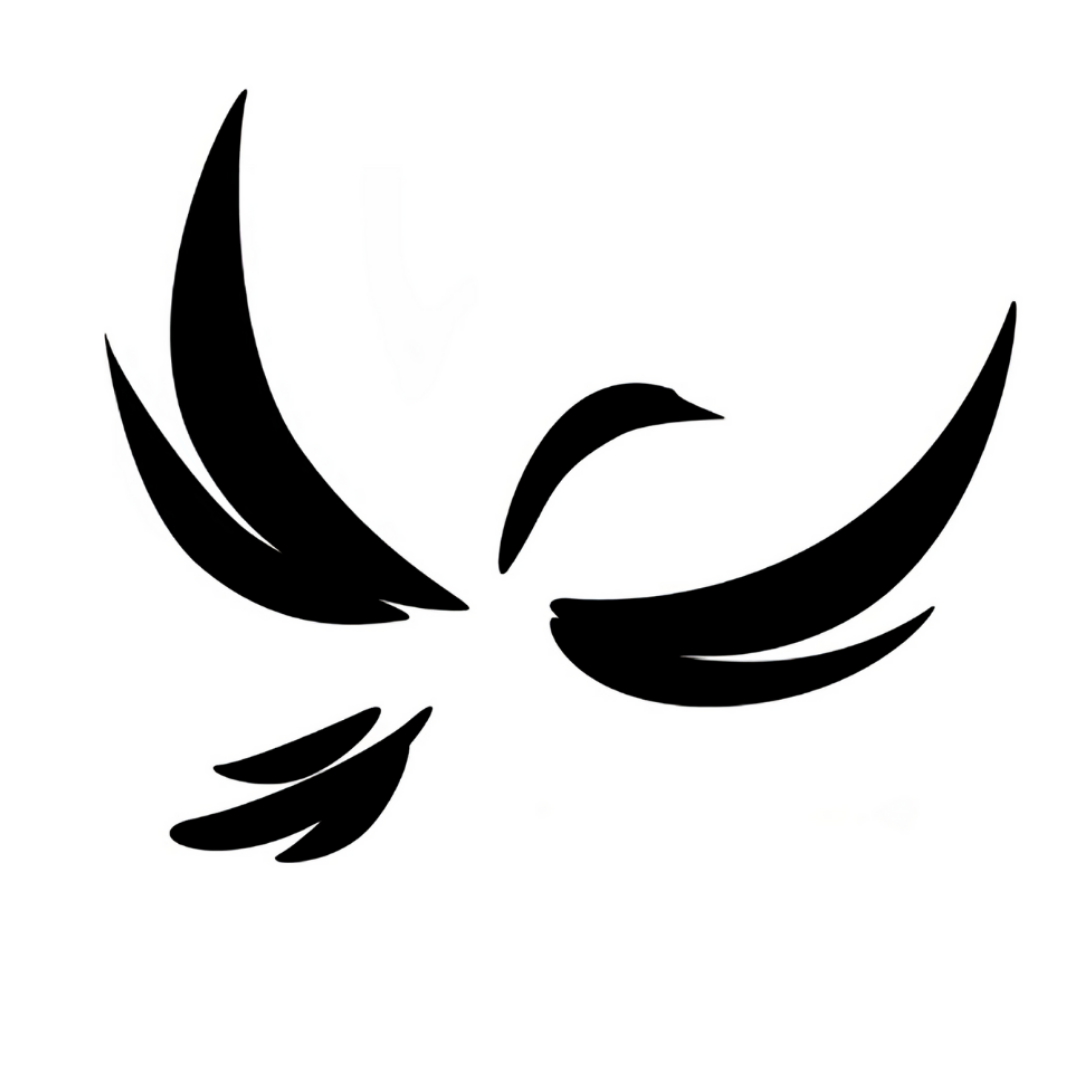
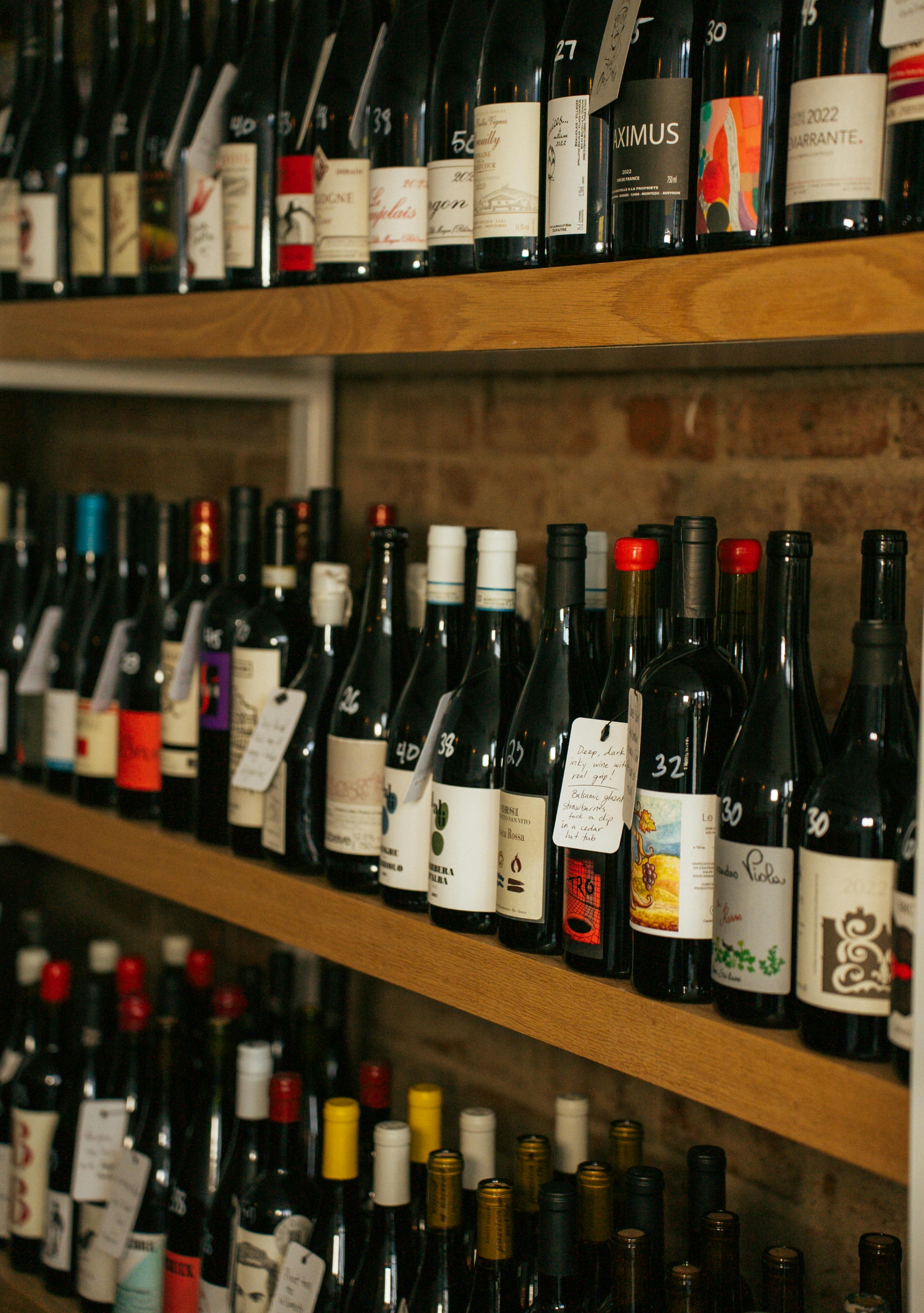
 Buy French Oak Barrel Wine
Buy French Oak Barrel Wine 


